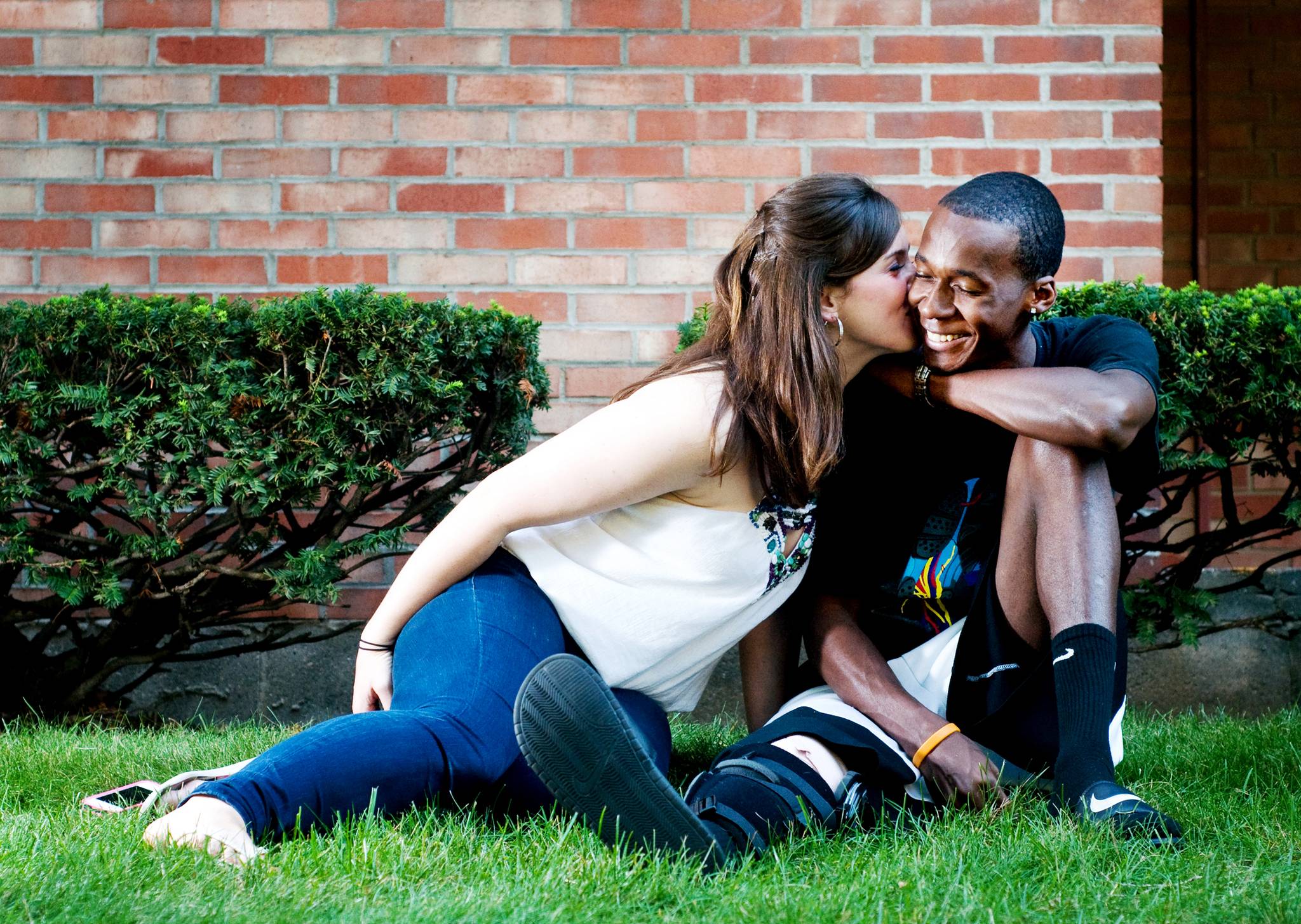
A new ad from Tinder uses a tale of caveman romance to show what dating was like before the imposition of society's rules – and likens that freedom of choice to modern norms. As people lay criticism on swipe culture, the spot uses primitive man to redefine what counts as natural in the pursuit of love. We explore the insights behind the ad, and why Tinder is explaining contemporary dating with a nod to pre-historic mating.
“[Tinder] wanted to create a brand spot that shed a bit of a different light on Tinder and was more about people coming together,” says Ryan Honey, executive creative director at Buck, which created the ad. “It’s more about this history of relationships throughout mankind.” The spot starts off with a happy and uncomplicated romance between a caveman and cavewoman, but pans through the subsequent eras of society, from medieval class divides to forced marriages. In looping back around to modern times, it points out that Tinder’s dating world is one in which the choice of partner is wholly in the hands of the individual – much like in the caveman’s simpler times.
Swipe culture has gotten a bad rap for being modern technology’s unnatural mutation of romance, with people bemoaning dating app burnout. It’s also been accused of not being a very effective means for the pursuit of love, with 81% of Hinge users saying they’ve never found a long-term relationship through swiping. The interface of app dating itself is often demonised, with the ‘ease of the swipe’ viewed as birthing a kind of compulsion. “You are always thinking that there is someone better on the next swipe,” says River, 25. “Or after your one ‘okay’ date you might get straight back to Tinder without giving someone date number two.”
As Tinder’s competitors, like OkCupid, work to distance themselves from dating apps’ reputation for sexual freedom and excessive romantic liberation, Tinder is taking a different tack. The app is combatting this negative public image by presenting itself as a natural progression of romance over the ages, rather than something that’s disrupted the superior old ways. Given people’s propensity for idealising the past, Tinder’s caveman narrative reminds people of the less positive aspects of the dating culture it replaced. And by pairing its distance from more recent dating norms with its closeness to the caveman’s original love story, it bridges the divide between ‘natural’ and ‘unnatural’ ways of finding love that dating app dissenters give voice to.
Mira Kopolovic is a behavioural analyst at Canvas8, which specialises in behavioural insights and consumer research. She has an MA in creative industries, which focused on artist-brand collaborations, and spends her spare time poring over dystopian literature.



